Seduce Me With Science Puns
Seduce me with science puns
More Posts from Smartler and Others
State of NASA
Over his tenure, President Obama has now invested $147 billion in America’s space program. Our elected leaders, on a bipartisan basis, have chosen to make this investment in our Agency, because they believe in our Journey to Mars and recognize that investments in NASA’s present are investments in America’s future.
Because the State of our NASA is strong, President Obama is recommending a $19 billion budget for the next year to carry out our ambitious exploration and scientific discovery plans. Here are the areas in which we’ll continue to invest:
Solar System and Beyond

As we explore our solar system and search for new worlds, we look to answer key questions about our home planet, neighboring planets in our solar system and the universe beyond.
Journey to Mars

We’re developing the capabilities needed to send humans to an asteroid by 2025 and Mars in the 2030s. Mars is a rich destination for scientific discovery and robotic and human exploration as we expand our presence into the solar system. Its formation and evolution are comparable to Earth, helping us learn more about our own planet’s history and future.
International Space Station

Earth Right Now

We use the vantage point of space to increase our understanding of our home planet, improve lives and safeguard our future. Our Earth science work also makes a difference in people’s lives around the world every day.
Technology Drives Exploration

Sustained investments in our technology advance space exploration, science and aeronautics capabilities. We seek to improve our ability to access and travel through space; land more mass in more locations throughout our solar system; live and work in deep space and on planetary bodies; build next generation air vehicles, and transform the ability to observe the universe and answer profound questions in Earth and space sciences.
Aeronautics

Thanks to advancements in aeronautics developed by NASA, today’s aviation industry is better equipped than ever to safely and efficiently transport all those passengers to their destinations.

The President’s FY 2017 budget provides $790 million to our Aeronautics Research Mission Directorate. This investment will accelerate aviation energy efficiency, advance propulsion system transformation and enable major improvements in aviation safety and mobility. The future of flight will: utilize greener energy, be half as loud, use half the fuel and will create quieter sonic booms.
State of NASA Social

Today, we have opened our doors and invited social media followers and news media to an in-person event, at one of our 10 field centers. Guests will go on a tour and see highlights of the work we’re doing. You can follow along digitally on Twitter: https://twitter.com/NASASocial/lists/state-of-nasa-all1.
Check our Twitter Moment HERE.
Did you miss NASA Administrator Bolden’s remarks? You can watch a full recap HERE.
For all budget related items, visit: http://www.nasa.gov/news/budget/index.html
Make sure to follow us on Tumblr for your regular dose of space: http://nasa.tumblr.com
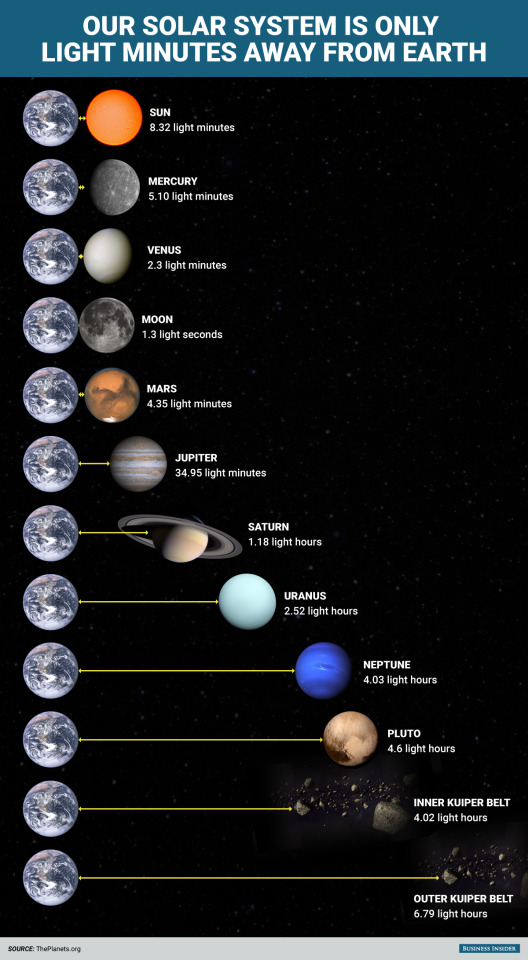
Here’s how ridiculously fast we could visit everything in the solar system if we traveled at the speed of light.
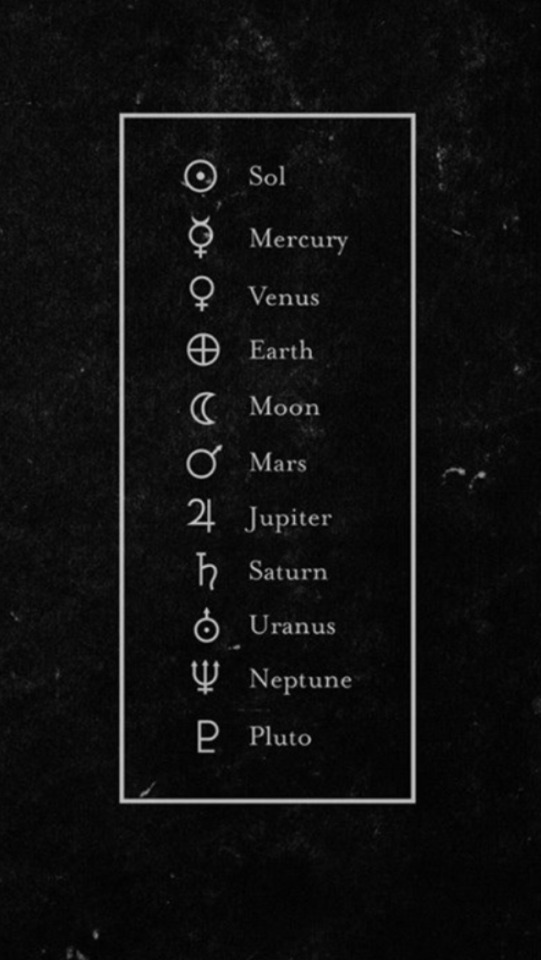
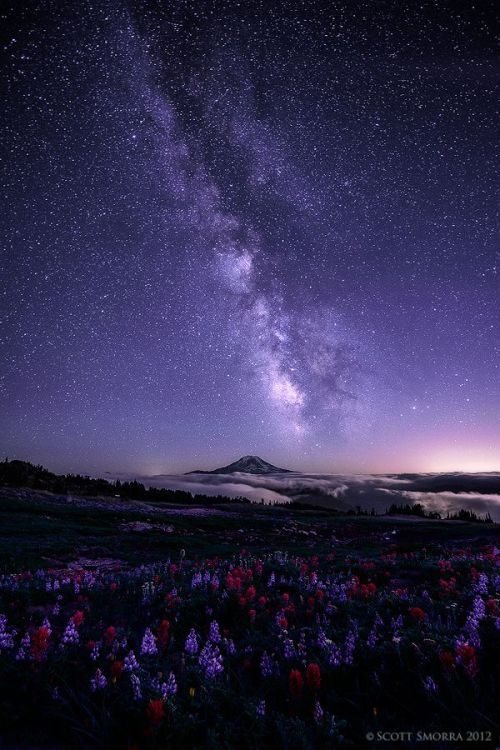

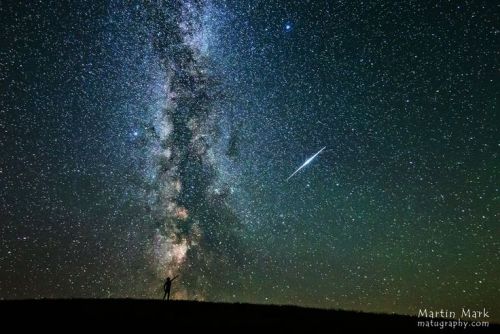


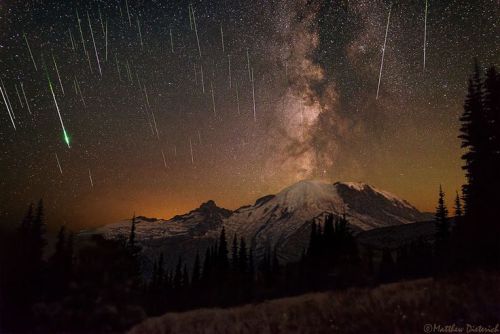
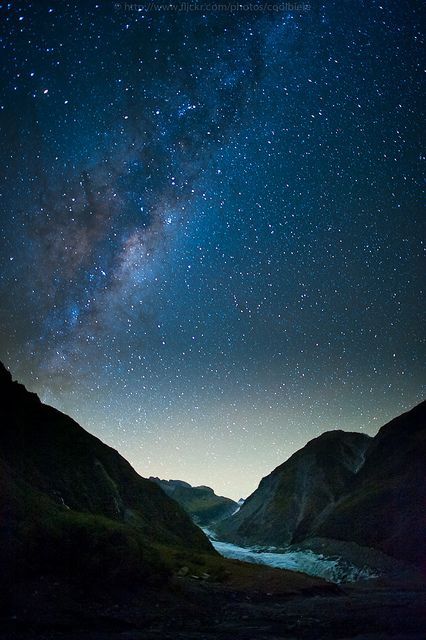
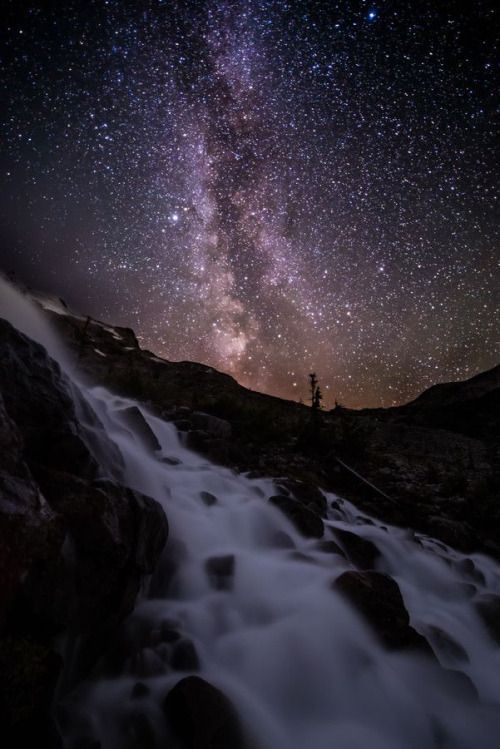
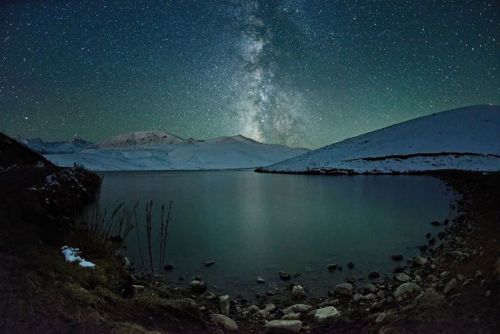
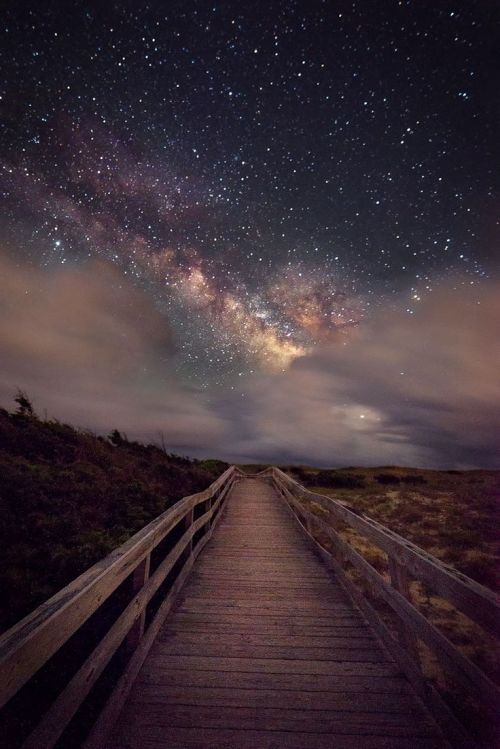
Possibly the best collection of images of the Milky Way from here on Earth ever!
If you don’t love the Milky Way Galaxy, you’re invited to leave!
Pluto Continues to Amaze

This dwarf planet sure knows how to get a BIG reaction because we’re stunned by the latest images from our New Horizons spacecraft!
Back on July 14, the spacecraft completed it’s historic Pluto flyby, and is now in an intensive downlink phase. During this time, New Horizons will send us some of the best data and images we’ve seen!
These latest images were taken just 15 minutes after New Horizons’ closest approach to Pluto. The spacecraft looked back toward the sun and captured this near-sunset view. Icy mountains, flat plains and the horizon can all be seen in detail.

When we take a closer look, these features truly begin to stand out. Mountains up to 11,000 feet high are met by flat icy plains that extend out to Pluto’s horizon. There, more than a dozen layers of haze in the dwarf planet’s atmosphere can be seen. It’s almost as if we’re flying over the surface with the New Horizons spacecraft.
Speaking of flyover, this new animation of Pluto has been created from images returned from the spacecraft this month. This view shows us what it might be like to take an aerial tour through Pluto’s thin atmosphere and soar above the surface.
These images and videos are not only stunning, but also provide us with important information about the dwarf planet. So far, scientists can tell that the weather changes from day to day on Pluto. These images, combined with others that have been downloaded, provide evidence for a remarkably Earth-like “hydrological” cycle on Pluto.
For updates on the data and images received by the New Horizons spacecraft, check our blog: https://blogs.nasa.gov/pluto/
Make sure to follow us on Tumblr for your regular dose of space: http://nasa.tumblr.com








Botanical Artist Uses Foraged Materials to Create Organic Works of Art
Taylor Swift “The Last Time” (Radio Edit – Premiere)
If Earth had Saturn’s Rings
From an excellent post by Jason Davis
From Washington, D.C., the rings would only fill a portion of the sky, but appear striking nonetheless. Here, we see them at sunrise.

From Guatemala, only 14 degrees above the equator, the rings would begin to stretch across the horizon. Their reflected light would make the moon much brighter.

From Earth’s equator, Saturn’s rings would be viewed edge-on, appearing as a thin, bright line bisecting the sky.

At the March and September equinoxes, the Sun would be positioned directly over the rings, casting a dramatic shadow at the equator.

At midnight at the Tropic of Capricorn, which sits at 23 degrees south latitude, the Earth casts a shadow over the middle of the rings, while the outer portions remain lit.

via x










35 Creative Designs That Turn Ordinary Eggs into Eggs-traordinary Art
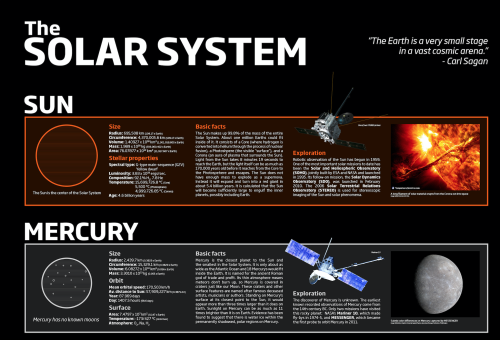
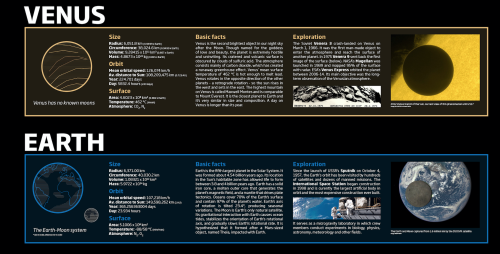
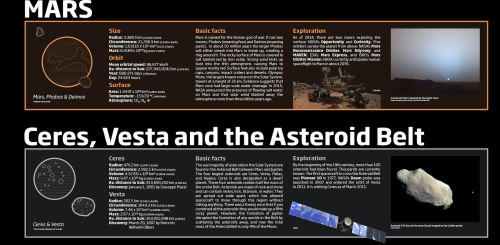
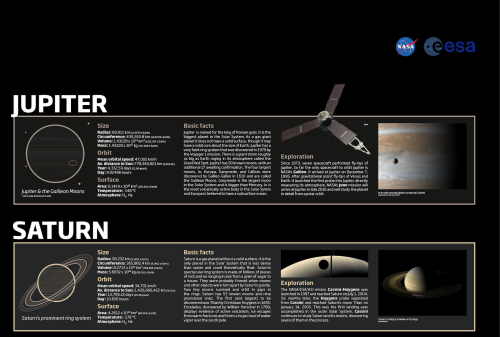
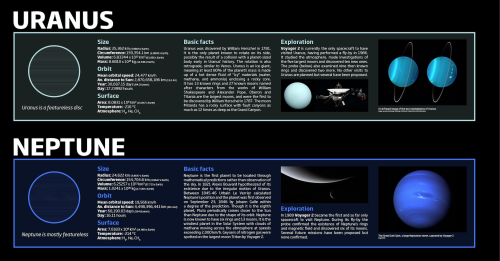
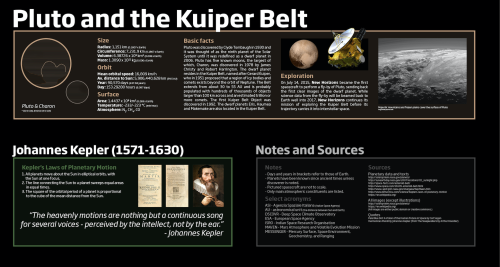
The Solar System
-
 maybe-its-ris liked this · 3 years ago
maybe-its-ris liked this · 3 years ago -
 boneless-loafcat reblogged this · 3 years ago
boneless-loafcat reblogged this · 3 years ago -
 boneless-loafcat liked this · 3 years ago
boneless-loafcat liked this · 3 years ago -
 crayfishwhore liked this · 3 years ago
crayfishwhore liked this · 3 years ago -
 littlemusicfox25 liked this · 3 years ago
littlemusicfox25 liked this · 3 years ago -
 supersargassoworm liked this · 3 years ago
supersargassoworm liked this · 3 years ago -
 does-existance-exist reblogged this · 3 years ago
does-existance-exist reblogged this · 3 years ago -
 does-existance-exist liked this · 3 years ago
does-existance-exist liked this · 3 years ago -
 science-bastard reblogged this · 3 years ago
science-bastard reblogged this · 3 years ago -
 science-bastard liked this · 3 years ago
science-bastard liked this · 3 years ago -
 hazelgotswag liked this · 4 years ago
hazelgotswag liked this · 4 years ago -
 four-am-fanfiction reblogged this · 5 years ago
four-am-fanfiction reblogged this · 5 years ago -
 four-am-fanfiction liked this · 5 years ago
four-am-fanfiction liked this · 5 years ago -
 free-laughter liked this · 5 years ago
free-laughter liked this · 5 years ago -
 alsodragons liked this · 5 years ago
alsodragons liked this · 5 years ago -
 starprincecourfeyrac reblogged this · 5 years ago
starprincecourfeyrac reblogged this · 5 years ago -
 starprincecourfeyrac liked this · 5 years ago
starprincecourfeyrac liked this · 5 years ago -
 leavemeolone1 liked this · 5 years ago
leavemeolone1 liked this · 5 years ago -
 fortune-favors-the-gay reblogged this · 5 years ago
fortune-favors-the-gay reblogged this · 5 years ago -
 fiishboowl liked this · 5 years ago
fiishboowl liked this · 5 years ago -
 hermanngottlaid liked this · 5 years ago
hermanngottlaid liked this · 5 years ago -
 digenova liked this · 5 years ago
digenova liked this · 5 years ago -
 spacemansauce liked this · 5 years ago
spacemansauce liked this · 5 years ago -
 niccage reblogged this · 5 years ago
niccage reblogged this · 5 years ago -
 newtlesbian reblogged this · 5 years ago
newtlesbian reblogged this · 5 years ago -
 saltedcarrots01 liked this · 5 years ago
saltedcarrots01 liked this · 5 years ago -
 tootsiischkchekyaposts-blog reblogged this · 6 years ago
tootsiischkchekyaposts-blog reblogged this · 6 years ago -
 sugarspiceditzy liked this · 6 years ago
sugarspiceditzy liked this · 6 years ago -
 notlyra liked this · 6 years ago
notlyra liked this · 6 years ago -
 kyanile liked this · 6 years ago
kyanile liked this · 6 years ago -
 whiteguiltfreebananas liked this · 7 years ago
whiteguiltfreebananas liked this · 7 years ago -
 epicchameleon liked this · 7 years ago
epicchameleon liked this · 7 years ago -
 everdxen-mellark liked this · 7 years ago
everdxen-mellark liked this · 7 years ago -
 amablueberry liked this · 7 years ago
amablueberry liked this · 7 years ago -
 lizasaurusflex reblogged this · 7 years ago
lizasaurusflex reblogged this · 7 years ago -
 reinariel liked this · 7 years ago
reinariel liked this · 7 years ago -
 a-knowledgeable-potato liked this · 7 years ago
a-knowledgeable-potato liked this · 7 years ago -
 megansmemes reblogged this · 7 years ago
megansmemes reblogged this · 7 years ago -
 ttlmt reblogged this · 7 years ago
ttlmt reblogged this · 7 years ago -
 wesnagmehtrumotz-blog liked this · 8 years ago
wesnagmehtrumotz-blog liked this · 8 years ago -
 secrets-in-plain-site-blog liked this · 8 years ago
secrets-in-plain-site-blog liked this · 8 years ago -
 razorgirl reblogged this · 8 years ago
razorgirl reblogged this · 8 years ago